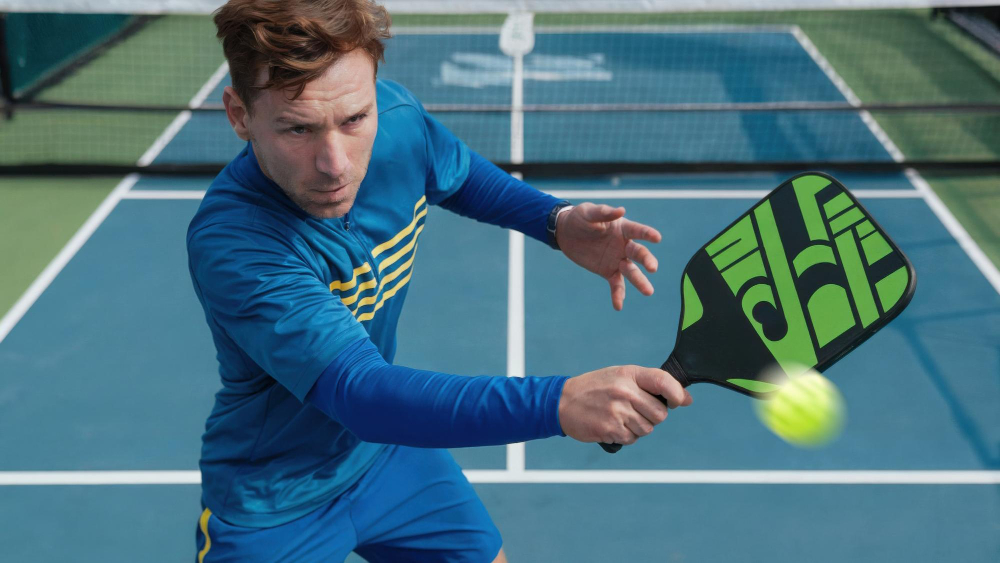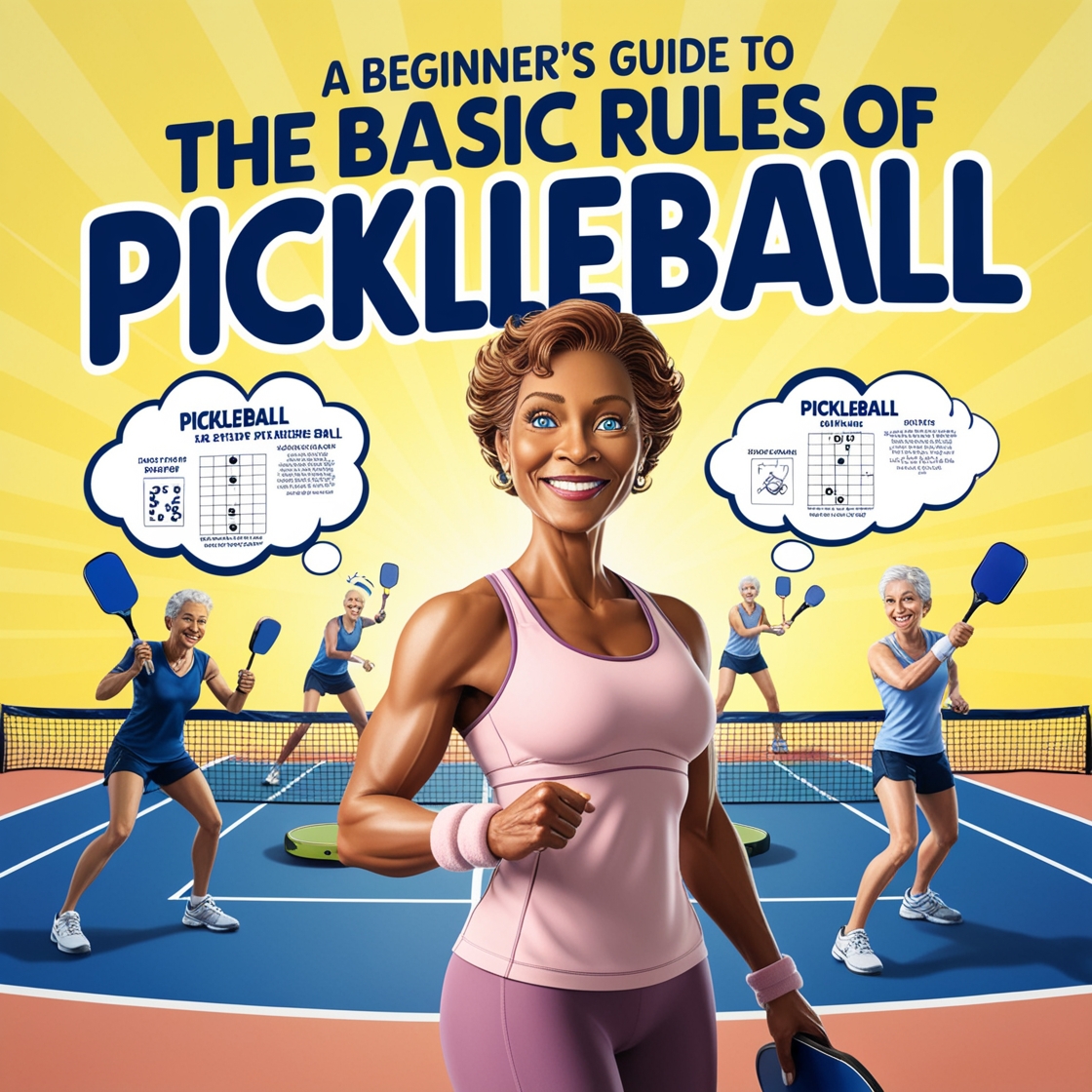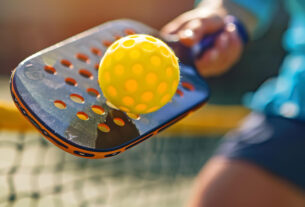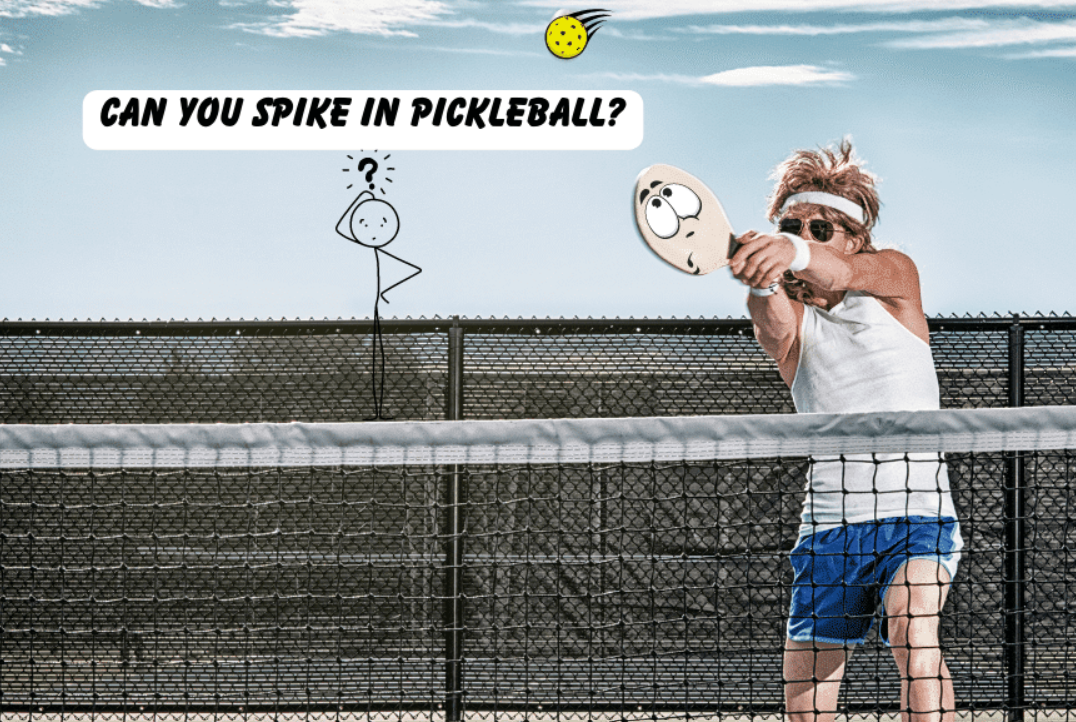As the popularity of pickleball continues to grow worldwide, more and more players are exploring different surfaces to enhance their playing experience. One frequently asked question is: Can you play pickleball on artificial turf? While traditional pickleball courts are often made from concrete or wood, artificial turf is gaining attention as a viable option. Let’s take a closer look at the pros and cons of playing pickleball on artificial turf to help you decide if it’s the right surface for you.
What Is Artificial Turf?
Artificial turf is a synthetic surface that mimics the look and feel of natural grass. It’s commonly used in various sports and recreational spaces due to its durability and lower maintenance compared to real grass. Made from materials like polyethylene and nylon, artificial turf is designed to provide a consistent surface for athletes while withstanding heavy use.
Pros of Playing Pickleball on Artificial Turf
Consistent Playing Surface
One of the biggest advantages of playing pickleball on artificial turf is the consistent playing surface it provides. Unlike natural grass, which can become uneven due to wear, weather conditions, or poor maintenance, artificial turf offers a smooth, even surface. This means the ball bounces more predictably, allowing players to focus on their game rather than adjusting to unpredictable terrain.
Durability
Artificial turf is extremely durable. It can handle heavy foot traffic, constant use, and all types of weather without wearing out quickly. Whether you’re playing on a hot summer day or after a rain shower, artificial turf remains in good condition. This durability makes it ideal for community centers, clubs, or facilities that host regular games or tournaments.
Low Maintenance
A significant advantage of artificial turf is that it requires very little maintenance. There’s no need for regular mowing, watering, or fertilizing, as you would with a natural grass court. This makes it a cost-effective and time-saving option for facilities. For players, this also means more time on the court and fewer interruptions for maintenance work.
All-Weather Playability
Because artificial turf is weather-resistant, you can play pickleball all year round. Whether it rains or shines, artificial turf doesn’t get muddy or slippery like natural grass. It dries faster after rain, so you won’t have to cancel your games due to bad weather, making it a great option for places with unpredictable climates.
Aesthetics
Artificial turf provides a clean, green aesthetic that stays vibrant no matter the season. This visually appealing surface can attract more players and enhance the overall environment of your pickleball court, making it an inviting space for regular play and tournaments.
Cons of Playing Pickleball on Artificial Turf
Heat Retention
One downside of artificial turf is its tendency to retain heat. On particularly hot and sunny days, the surface of the turf can become uncomfortably warm, affecting both the players and the ball. This can make long sessions of pickleball less enjoyable, especially in areas with high temperatures. Players should take care to wear appropriate footwear and stay hydrated when playing on hot days.
Injury Risk
Although artificial turf offers a stable surface, some players have expressed concerns about the potential for injuries. The firmness of the turf can put additional stress on joints, particularly during quick lateral movements or jumps, which are common in pickleball. Players with a history of joint issues or muscle strain may need to be cautious or consult a professional about proper footwear or stretching techniques to minimize injury risks.
Ball Behavior
While artificial turf provides consistency, the ball may behave slightly differently compared to traditional hard courts. Players may notice a variation in ball bounce and speed due to the cushioning effect of the turf. This might take some adjustment, especially if you’re used to playing on concrete courts. However, once familiar with the turf, many players find it manageable and can adapt their playstyle accordingly.
Initial Installation Costs
Though artificial turf requires less maintenance in the long run, the initial installation costs can be higher than that of natural grass or even concrete. Facilities need to consider these upfront costs, though the long-term benefits may offset them over time. For clubs or organizations with a budget, this might be a determining factor when deciding whether to switch to artificial turf.
Environmental Concerns
While artificial turf can save water and reduce the need for harmful chemicals, it also raises some environmental concerns. Turf made from synthetic materials may contribute to plastic pollution, and the disposal of old turf can be problematic. Some types of artificial turf also release microplastics into the environment as they wear down. For those mindful of ecological impacts, this might be a factor to consider.
So, can you play pickleball on artificial turf? Absolutely! With benefits like a consistent surface, high durability, and low maintenance, artificial turf offers an attractive alternative for pickleball enthusiasts. However, it’s important to weigh the potential drawbacks such as heat retention and injury risks.
Ultimately, whether artificial turf is the right surface for you depends on your personal preferences and playing conditions. If you prioritize consistency, durability, and year-round playability, artificial turf could be an excellent choice. But if you’re concerned about heat or the initial investment, you may want to consider other surfaces.
No matter what surface you play on, the key is to enjoy the game and focus on improving your skills. As pickleball continues to grow in popularity, having more surface options—including artificial turf—only enhances the diversity and accessibility of the sport.




